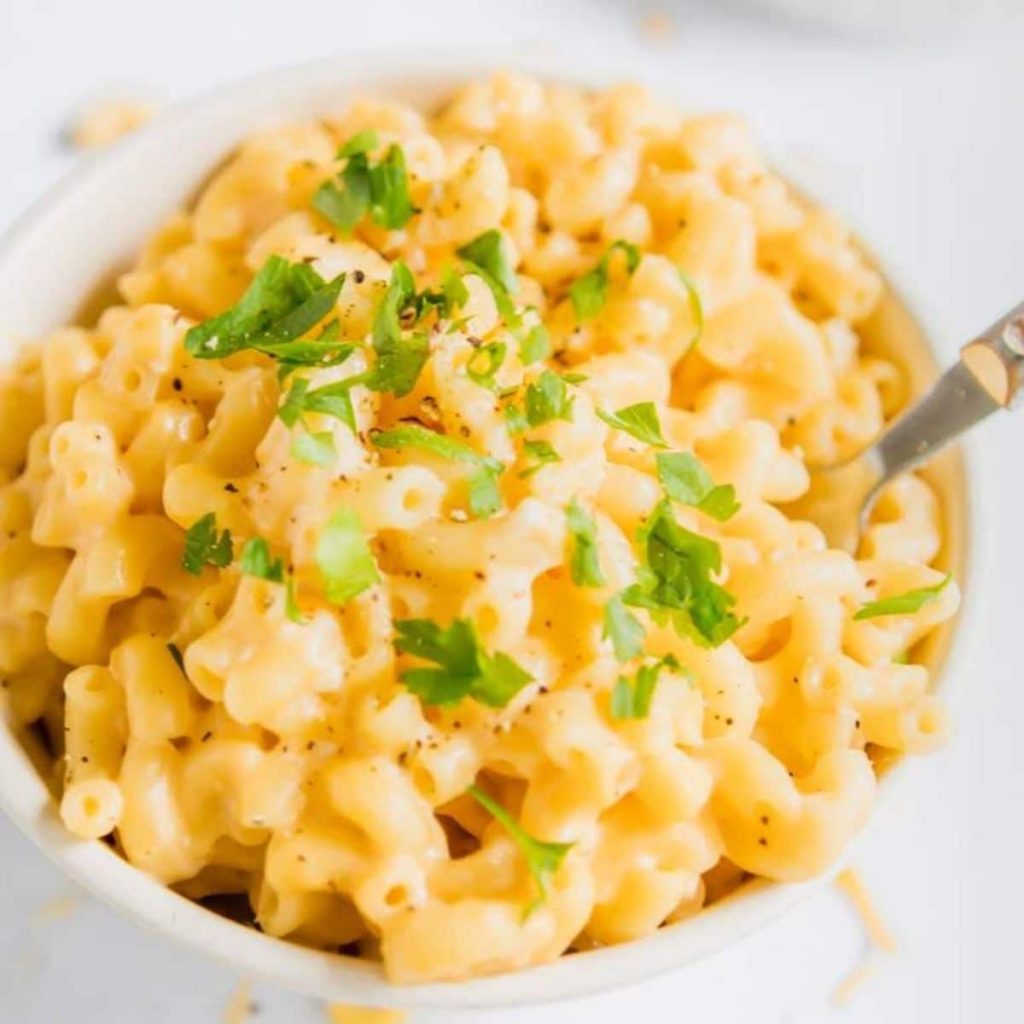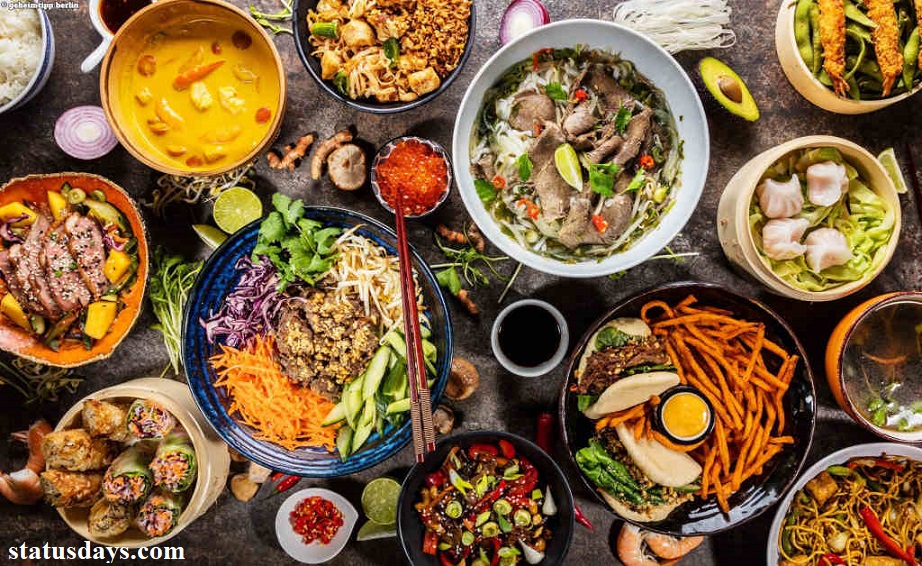There are a plethora of reasons to like macaroni and cheese. First, there’s the comfort factor: few foods as comforting as a steaming bowl of creamy, cheese-coated noodles. It’s also complete and substantial, making it ideal for serving a crowd. However, the dish’s true allure for me is its adaptability.
Do you recall the “Choose Your Own Adventure” novels you used to read as a kid? Macaroni and cheese strike me as a kind of culinary analog. I can use whichever cheese and pasta I choose after starting with a neutral bechamel sauce as a basis. (The same goes for any tasty add-ins or toppings you might decide to use.)
Anything goes in this case.
It could be a simple take on Kraft’s kid-friendly dinner in a box, made with elbow macaroni and American cheese. Substitute cavatappi corkscrew pasta and a combination of sophisticated cheeses like Gruyère, Parmesan, and Fontina for the elbow noodles and American cheese, and you’ve created a beautiful side dish that would go right in on a restaurant menu.
It’s totally up to you and your creativity where the final dish goes.
THE FIVE KEYS TO SUCCESS IN MAC AND CHEESE
- Sause: The creamy foundation béchamel sauce for your mac & cheese is made by whisking together butter, flour, and heated milk. This is where your cheese sauce, sometimes known as a Mornay sauce, begins. When it comes to cheese, you may go basic and use just one type, or you can mix a few different varieties to create a more nuanced flavor profile.
- Seasoning: This foundation recipe’s sauce is seasoned with a typical blend of grated nutmeg and a sprinkle of cayenne, in addition to salt and pepper. If you want to be creative, you may add a variety of seasonings. Whisk in a little dry mustard powder or prepared horseradish for a bit of kick. Lemon zest, freshly grated, would give a bright and happy touch. Whisk in some black truffle paste for an additional delicious indication.
- Cheese: Whatever cheese you choose, make sure it melts well. (Think cheddar, gouda, Gruyère, Parmigiano-Reggiano, Brie, fontina, and fresh goat cheese.) This will aid in the creation of a delightfully creamy sauce. As an accent taste, more pungent cheeses should be used sparingly. A small amount of blue cheese in your sauce might be incredible, but too much can send you straight to wacky town. (However, if that’s your thing, go ahead and do it.)
- Noodles: Short, ridged, and tubular noodles are good because they provide plenty of surfaces for the sauce to adhere to. My favorite pasta is cavatappi (a tubular, corkscrew-style spaghetti with a lot of surface area for the sauce to adhere to). Orecchiette, penne rigate, elbow macaroni, ditalini, conchiglie, cavatelli, and a variety of other pasta forms work nicely. Cooking tip: If you’re going to finish the mac in the oven, slightly undercook the pasta to keep it lovely and al dente since it will continue to cook as it bakes.
- Mix-ins and toppings: Although this recipe does not call for them, they are another option to express your culinary creativity. Over the years, I’ve experimented with various mac and cheese recipes, including a Hawaiian-inspired version with caramelized Maui onions, roasted pineapple pieces, and Spam, topped with chopped macadamia nuts. You don’t have to go all out with your modifications, but don’t be scared to try something new!
Breadcrumbs are a no-brainer for toppings, but anything with a bit of crunch and texture will do. Chopped nuts, fried shallots, crumbled potato, or tortilla chips are excellent options. There’s no limit to what you can do!
RECIPE FOR BAKED MACARONI AND CHEESE
As a starting point for future cheesy creations, use this foundation recipe. Then, enjoy the cheesy noodles as is, or experiment with different flavor combinations and toppings.
CHEESE AND MACARONI
- 14 cup unsalted butter (12 stick) + additional for greasing
- 3 tbsp flour (all-purpose)
- 4 cups whole milk, warmed
- 3 cups grated cheese (gruyère, fontina, Parmigiano-Reggiano, or white cheddar) (for a more complex flavor, use a blend of several kinds of cheese)
- 112 tablespoons kosher salt, plus more salt to taste
- 14 teaspoon black pepper, freshly ground, plus more to taste
- nutmeg, freshly grated, plus more to taste
- 1 tsp cayenne pepper, plus more to taste
- 1 pound medium cavatappi, penne, or conchiglie pasta tubes or shells
The Finishing Touch
- 12 cup breadcrumbs (dry)
- 12 cup Parmesan cheese, grated
- 1 tablespoon extra virgin olive oil
- kosher salt and freshly ground black pepper, to taste

Instructions:
Preheat oven to 400 degrees Fahrenheit. Using foil, line a rimmed baking sheet. Butter a baking dish that holds 112 to 2 quarts.
Melt the butter in a large, heavy-bottomed pot over medium heat. Cook, constantly whisking, until the mixture bubbles and turns a golden tan color, about 2 minutes. Slowly whisk in the heated milk, and simmer for approximately 10 minutes, or until it thickens. Remove the pan from the heat and add the cheese. Stir in the salt, pepper, nutmeg, and cayenne until well combined. Season to taste and, if necessary, adjust seasoning. Keep yourself warm.
Meanwhile, prepare the pasta according to package directions in a large pot of boiling water until just al dente. Drain thoroughly in a colander after rinsing with cold water.
Return the pasta to the saucepan and pour the sauce over it, mixing everything. Allow the pasta and sauce to rest for 5 to 10 minutes so that the spice may permeate into the noodles.
Make the breadcrumb topping while the pasta and sauce are resting. Toss the breadcrumbs with Parmesan, olive oil, and a sprinkle of salt and pepper in a mixing bowl.
Pour the mixture into the prepared baking dish and top with the breadcrumb mixture to finish and bake—Bake for 20 minutes, or until golden brown and bubbling. Serve immediately.

